Living among us today are creatures that walked the Earth alongside dinosaurs. Modern animals, like the cunning crocodile and the majestic ostrich, are direct descendants of these ancient giants.
Their existence provides a fascinating link to our planet’s prehistoric past, offering invaluable insights into evolution and survival.
Let’s dive in to discover how these species have thrived through millions of years and examine the information they carry from the age of dinosaurs.
Crocodiles
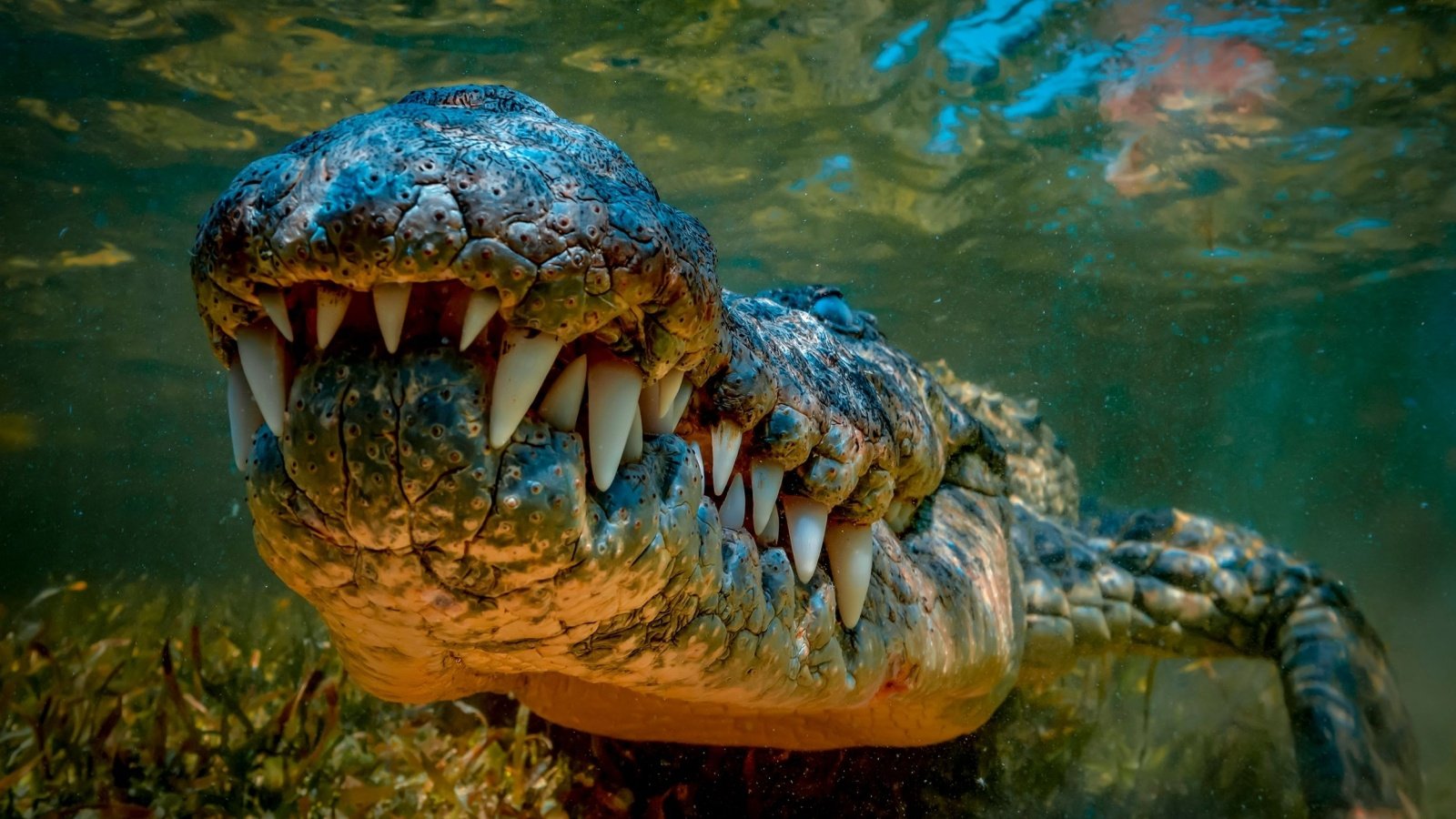
Crocodiles have been around for over 200 million years, surviving mass extinctions that wiped out their dinosaur relatives. Their prehistoric anatomy and hunting tactics remain largely unchanged. These formidable predators are often referred to as “living fossils” due to their ancient lineage.
Birds

Birds are direct descendants of theropod dinosaurs, specifically from a group known as Maniraptora. Fossil evidence shows that many traits of modern birds, such as feathers and hollow bones, were present in these ancient creatures. Birds are, in essence, living dinosaurs, showcasing evolutionary marvels like flight and song.
Sharks
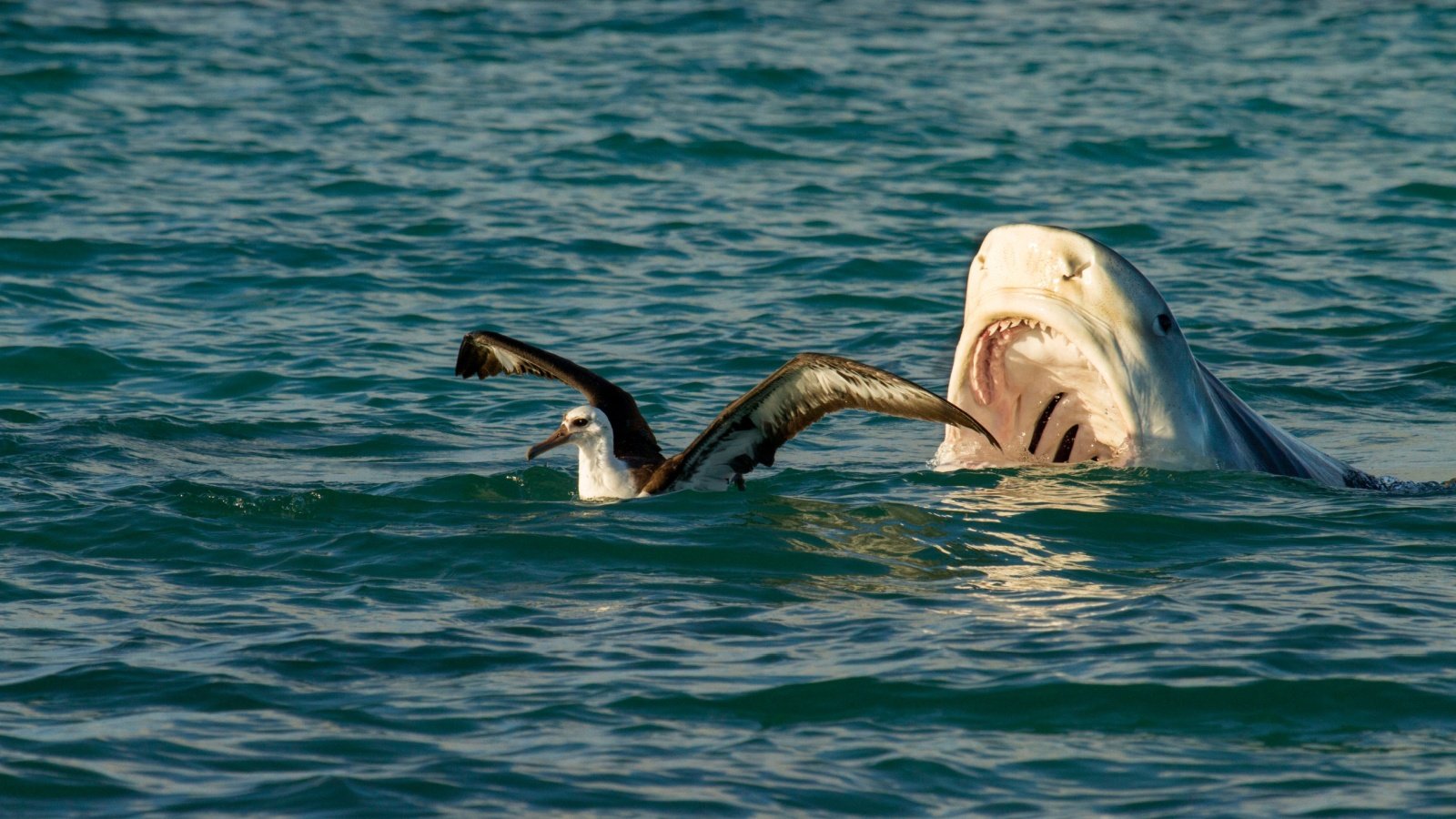
Sharks have roamed the oceans for over 400 million years, well before dinosaurs emerged. Their basic body plan has remained unchanged, highlighting their evolutionary success. Species like the great white shark are modern-day remnants of a primordial lineage.
Komodo Dragons
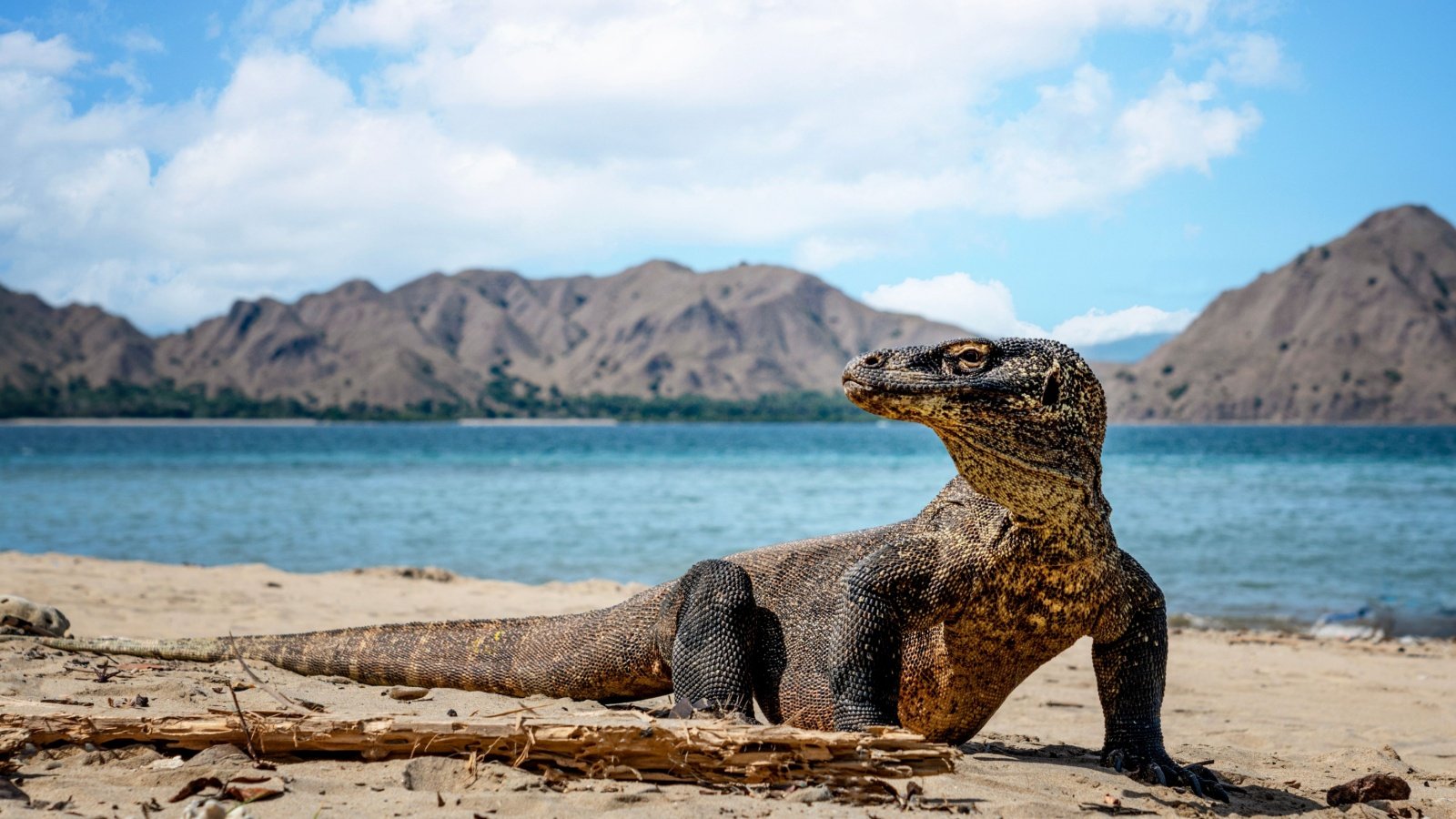
Komodo dragons, the world’s largest lizards, share a common ancestry with prehistoric reptiles. Their formidable size and predatory skills are reminiscent of their dinosaur relatives. Native to Indonesian islands, they are a living reminder of ancient predatory giants.
Snakes

Snakes evolved from lizard-like reptiles during the time of the dinosaurs. Fossil records indicate that their limbless bodies developed as an adaptation to burrowing and hunting. Modern snakes continue to thrive across diverse habitats worldwide.
Lungfish

Lungfish have existed for over 400 million years, possessing both gills and lungs. This dual respiratory system reflects a transitional evolutionary stage. Lungfish can survive in low-oxygen environments, showcasing their ancient adaptability.
Iguanas

Iguanas belong to a lineage of reptiles that coexisted with dinosaurs. Their robust bodies and herbivorous diets have persisted through millions of years. Today, iguanas are commonly found in the Americas and the Caribbean.
Monitor Lizards
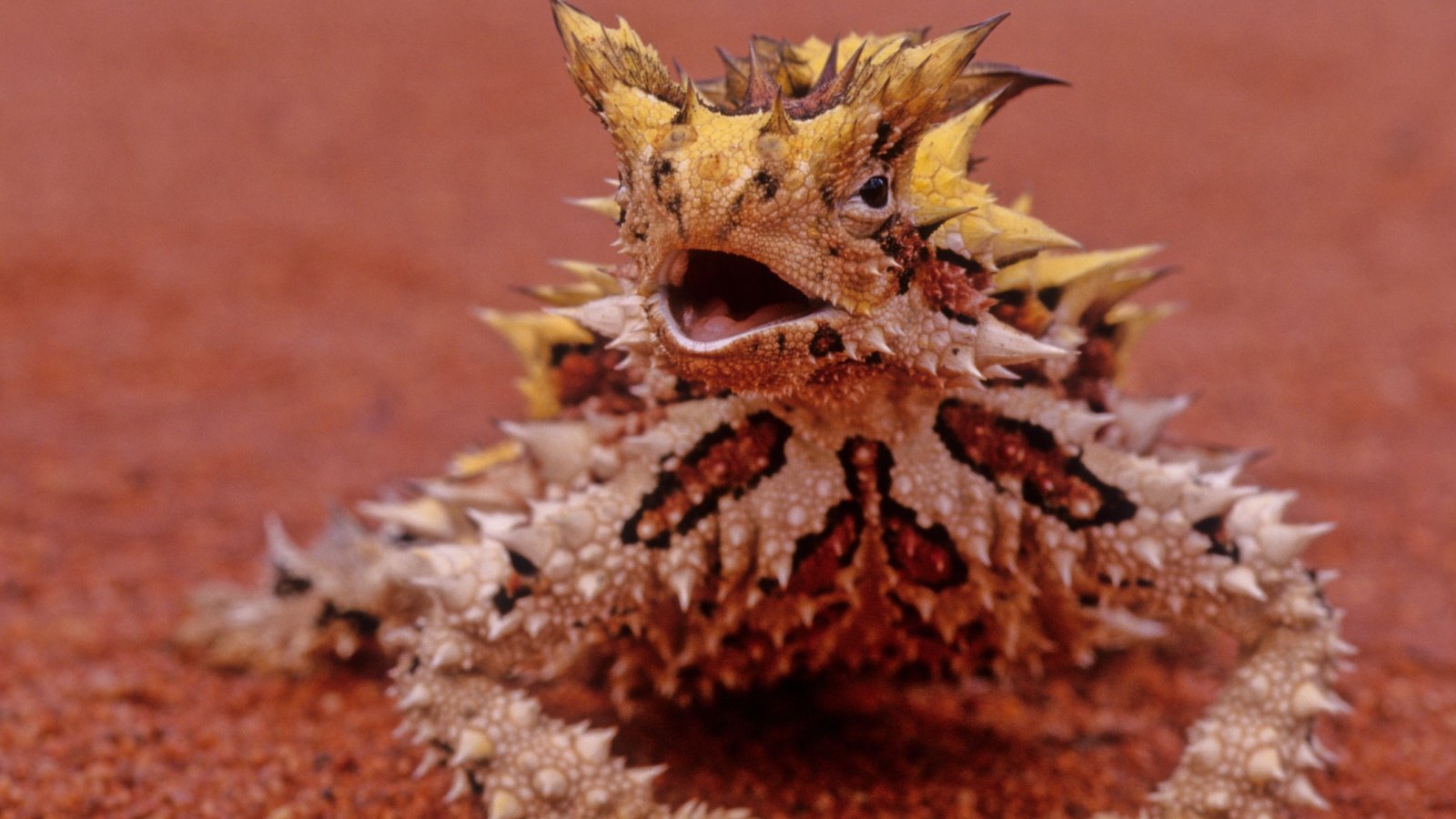
Monitor lizards, including the Komodo dragon, are part of an ancient reptilian family. Their agility and intelligence make them effective hunters, much like their prehistoric ancestors. These lizards are found in Africa, Asia, and Australia.
Alligators

Alligators share a common ancestor with dinosaurs, dating back about 230 million years. Their powerful jaws and armored bodies reflect their ancient origins. Today, they inhabit freshwater environments in the southeastern United States and China.
Turtles

Turtles have existed for more than 200 million years, predating many well-known dinosaurs. Their distinctive shells have provided protection through countless environmental changes. Modern turtles retain many physical characteristics seen in their ancient ancestors.
Sturgeon

Sturgeons are often called “living fossils” due to their unchanged appearance over millions of years. These ancient fish date back to the early Jurassic period, around 200 million years ago. Their bony scutes and elongated bodies are reminiscent of their prehistoric relatives.
Horseshoe Crabs

Horseshoe crabs have been around for about 450 million years, predating the dinosaurs. Their hard exoskeleton and long tail spine have changed little over millennia. These marine arthropods are more closely related to spiders and scorpions than to crabs.
Caimans

Caimans are small to medium-sized crocodilians native to Central and South America. They share a common ancestry with both alligators and dinosaurs. Caimans’ tough skin and powerful jaws reflect their ancient origins.
Sea Turtles
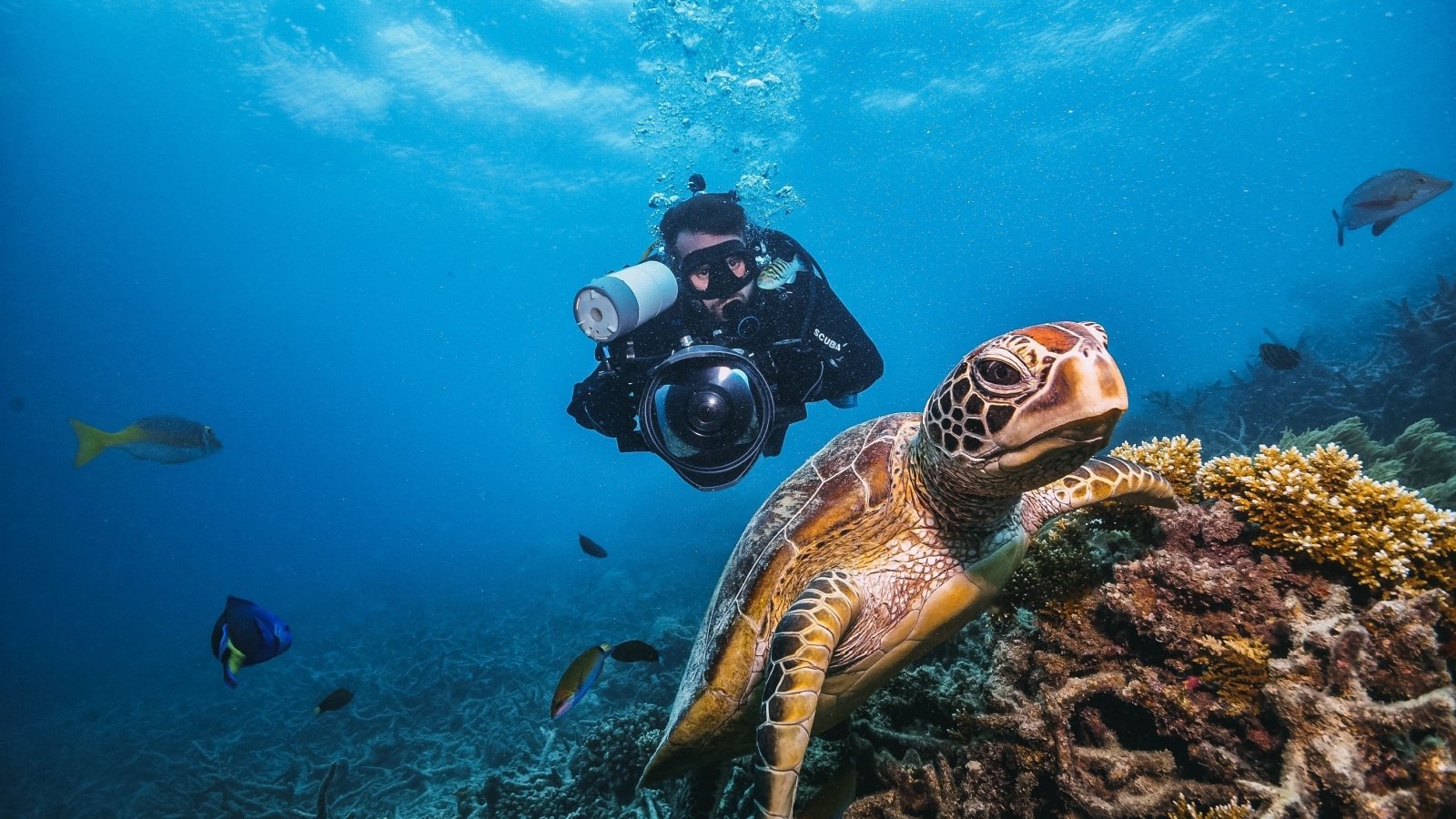
Sea turtles have existed for over 100 million years, surviving the extinction event that wiped out the dinosaurs. Their streamlined bodies and flipper-like limbs are perfectly adapted for marine life. These ancient mariners are crucial for maintaining ocean ecosystems.
Salamanders

Salamanders share a common ancestor with early tetrapods from the Devonian period. Their amphibious nature and regenerative abilities reflect ancient traits. Found in a variety of habitats, salamanders are key indicators of environmental health.
Chameleons
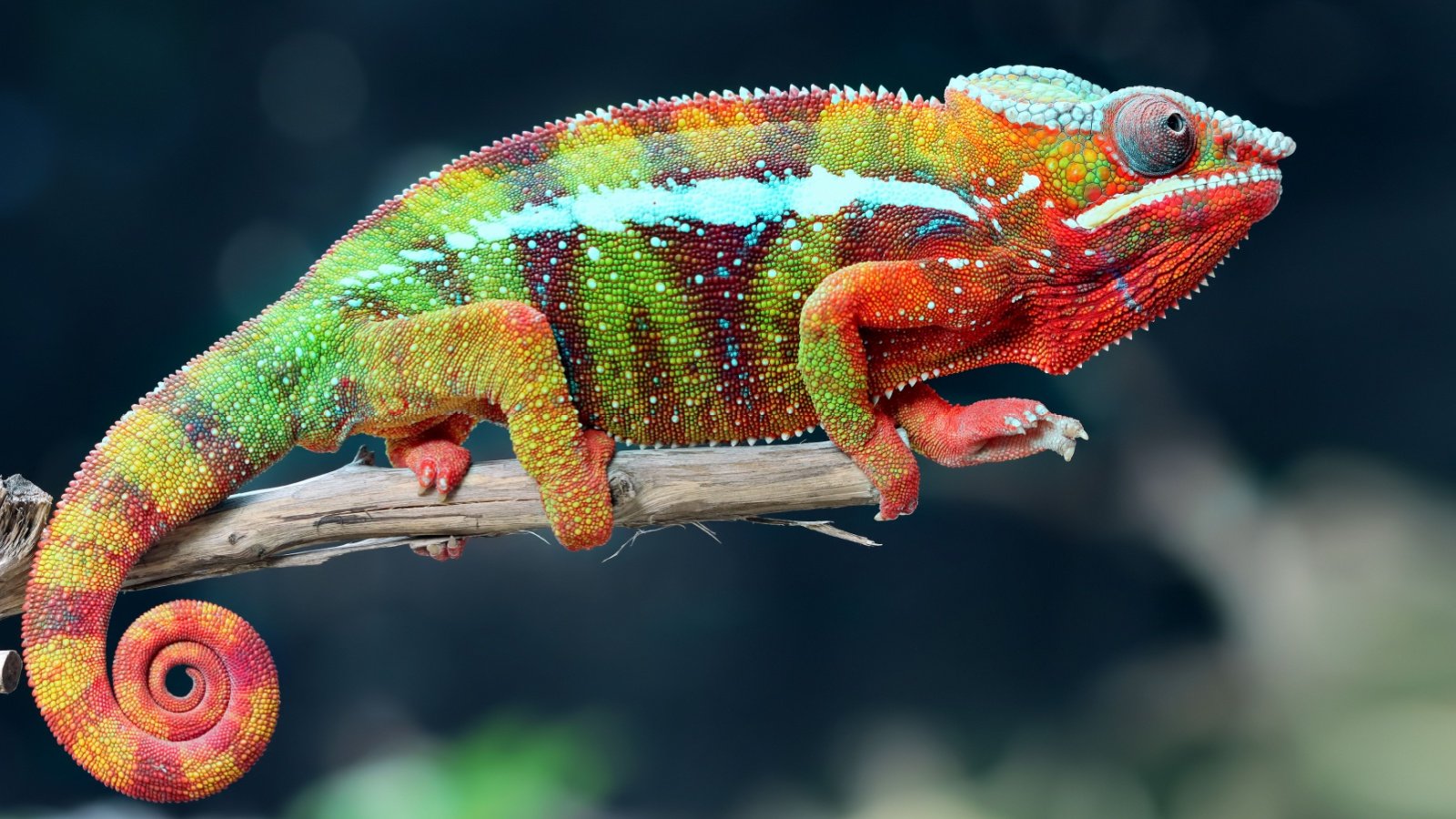
Chameleons belong to an ancient lineage of reptiles with specialized traits like color change and turreted eyes. These adaptations have helped them survive since the age of dinosaurs. Native to Africa and Madagascar, chameleons continue to fascinate researchers and enthusiasts alike.
Ostriches

Ostriches are among the largest living birds, directly descended from theropod dinosaurs. Their powerful legs and reduced wings are evolutionary remnants of their flightless ancestors. Native to Africa, ostriches thrive in savanna and desert environments.
Cassowaries

Cassowaries, native to Australia and New Guinea, are flightless birds related to theropod dinosaurs. Their helmet-like casques and powerful legs are reminiscent of their prehistoric forebears. Cassowaries play a vital role in forest ecology by dispersing seeds.



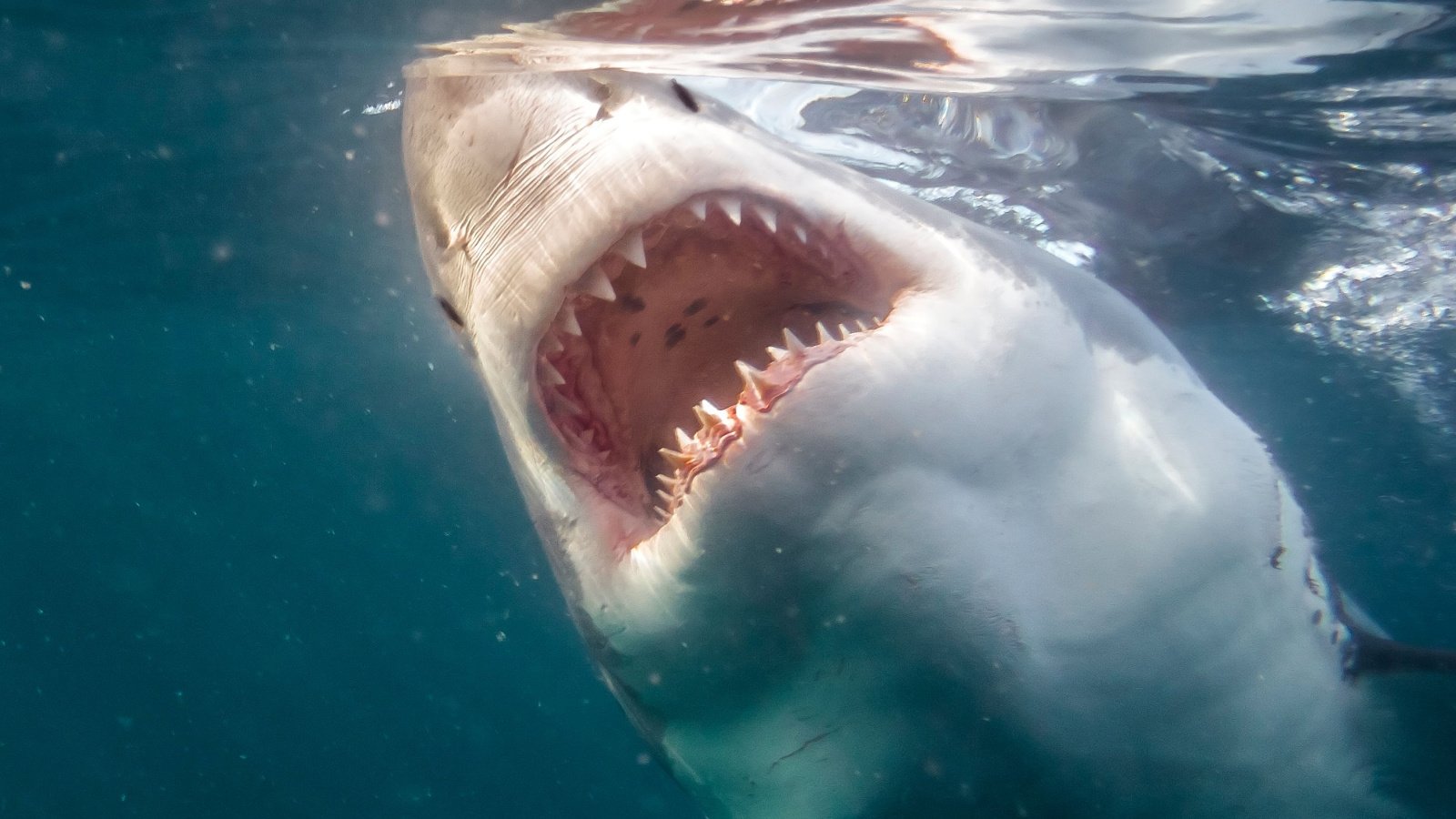




Zu den bemerkenswerten Funktionen gehören der kaskadierende Walzenmechaniker, Freispiele und zufällige Multiplikatoren im Wert von bis zu 1000x Ihres Einsatzes.
Achten Sie auf Multiplikator-Wilds und ein Pick 3-Bonus, der Jackpots, Freispiele und erweiternde Rollen vergeben kann.
Dieser asiatisch inspirierte Slot bietet einige der schicksten Grafiken, die wir in modernen Videospielautomaten gesehen haben. Angelfreunde werden sich auf den Gewässern des Big Shrimpin’-Freispielautomaten von Rival Gaming wie zu
Hause fühlen. Unser Expertenteam stellt immer sicher, dass unsere kostenlosen Casinoslots
sicher, geschützt und echt sind.
Natürlich spielen auch andere wichtige Details eine Rolle, um sie an die Spitze zu setzen. Du
kannst nicht nur viele zusätzliche Belohnungen, Gelder und Freispiele gewinnen, sondern auch einen höheren Rang als
Spieler erreichen. Viele erfahrene Spieler
ziehen es zum Beispiel vor, mit höheren Einsätzen zu spielen.
References:
https://online-spielhallen.de/casino-of-gold-bonus-code-ihr-umfassender-leitfaden/